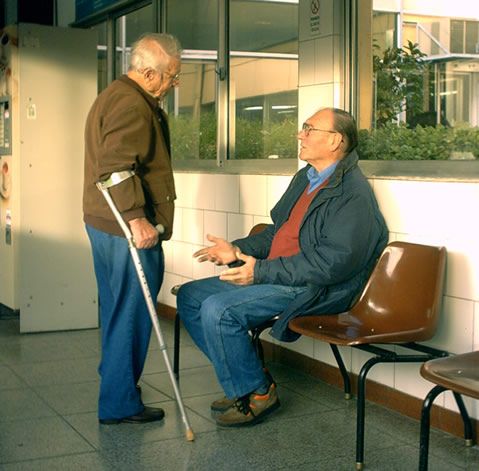
Health Care Costs for Dementia Patients Greatly Exceeds Costs for Other Elders
January 18, 2016
The (already) high cost of skilled nursing care continues to rise and nursing home owners keep buying more facilities
June 2, 2016In a recent article in Science Alert, it was reported that researchers from the Queensland Brain Institute at the University of Queensland in Australia were exploring the use of non-invasive ultrasound technology in laboratory mice which were affected with Alzheimer’s Disease. And the results were astounding.
Utilizing a particular type of ultrasound called a focused therapeutic ultrasound, which non-invasively beamed sound waves into the brains of the affected mice, the research team found that the technique removed the neurotoxic amyloid plaques that are responsible for memory loss and a decline in cognitive function that are the hallmark of human brains affected by Alzheimer’s Disease.
The research team’s results, recently published in Science Translational Medicine, reported that the team had been able to fully restore the memory function of 75 percent of the mice they tested it on, without any damage to the surrounding brain tissue. This resulted in improved performance in three memory tasks—a maze, a test devised to get the treated mice to recognize new objects, and one to get them to remember the places they should avoid.
There is at present, no vaccine or other preventative measure for Alzheimer’s- a disease which affects 50 million people worldwide. Those medications that are currently available for treatment of the disease, such as donepezil hydrochloride, do not provide a cure, but merely treat the symptoms and are usually only useful in slowing the progression of the disease in some cases.
The research team is currently in the process of starting ultrasound trials on higher orders of animals such as sheep, and is hopeful to begin human trials in 2017.
While it may be too early to become overly optimistic regarding these results, they do seem to represent the best hope yet for effective treatment of a terrible disease that impacts so many elderly Americans and their families.
[SOURCES: Science Alert; Science Translational Medicine]

